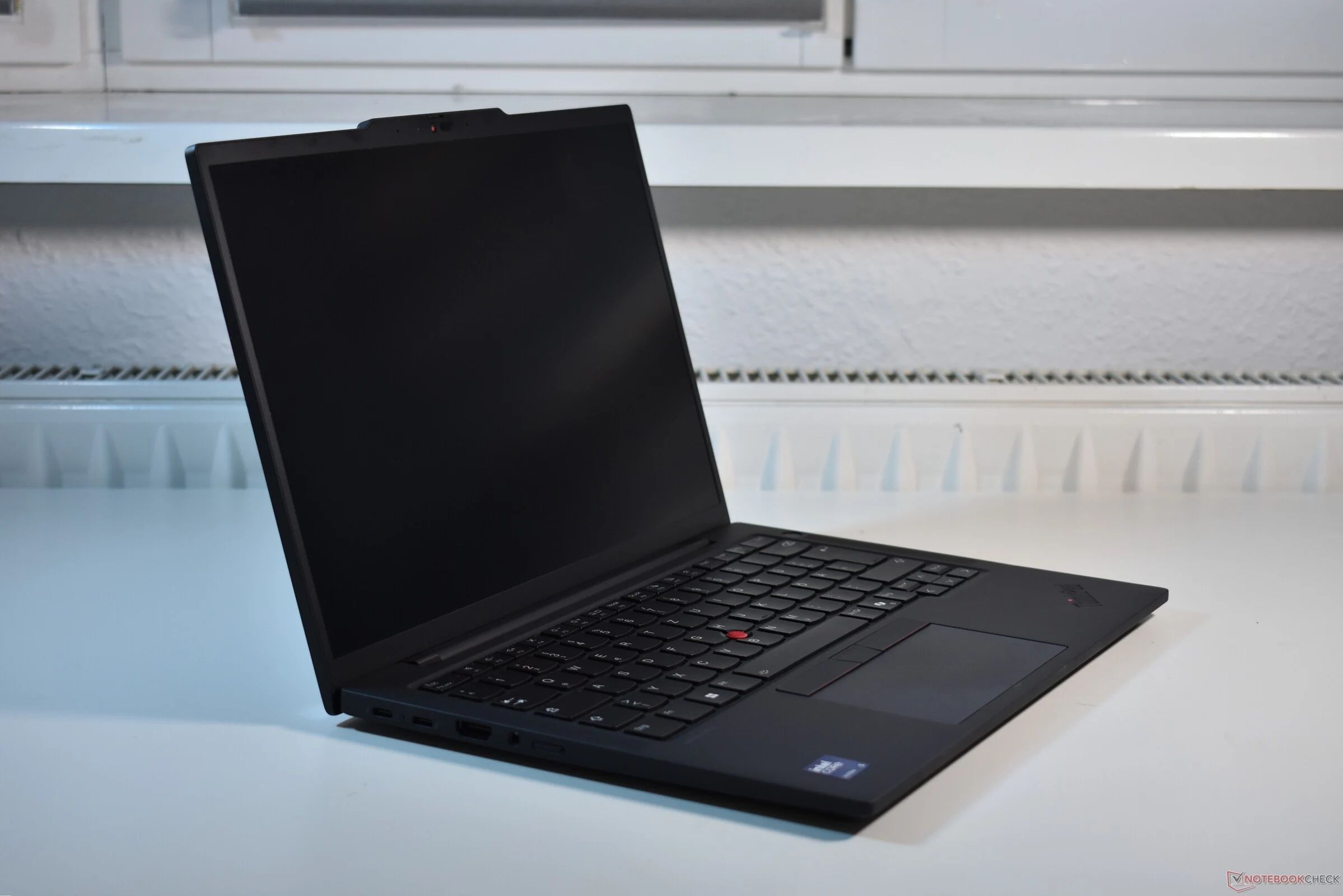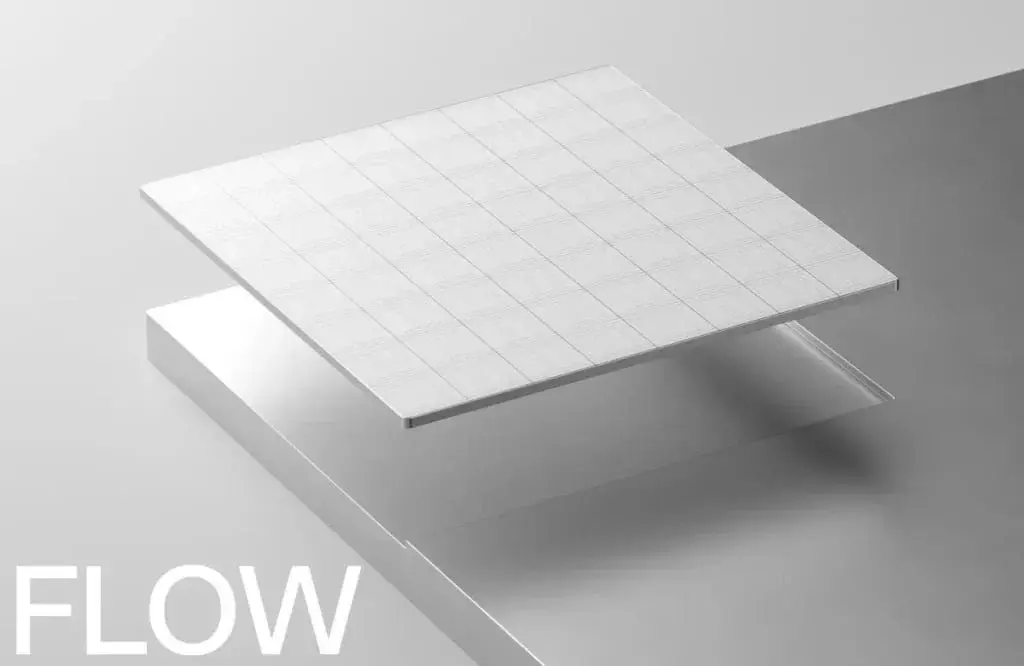Key Takeaways
1. AMD will launch the Ryzen Threadripper PRO 9000 WX-series CPUs on July 23.
2. The new processors promise up to a 26% performance increase over the previous generation.
3. Pricing for the Threadripper PRO 9000 WX series starts at $1,649 and goes up to $11,699.
4. The processors will be available through AMD’s partners and OEMs on the launch date.
5. Performance comparisons show significant boosts in tasks like Adobe After Effects (up to 26%) and AI workloads (up to 49% over Intel Xeon).
As expected, AMD has announced the launch date for its upcoming Ryzen Threadripper series of CPUs, which will be on July 23. At this point, the date pertains solely to the Threadripper PRO 9000 WX-series processors, which come with a significant price range. In terms of performance, AMD asserts that these new processors offer up to a 26% increase in performance compared to the previous generation Threadripper Pro WX series chip.
Availability Details
AMD has indicated in a blog that the Ryzen Threadripper Pro 9000WX processors will be accessible through AMD’s regional system integration partners and various global OEMs starting from July 23. Additionally, regular consumers will also be able to purchase these processors through AMD’s worldwide network of channel partners on the same day.
Pricing Information
The entry price for the Threadripper Pro 9000WX series starts at $1,649, reaching up to $11,699 for the highest-end model. The complete pricing details are as follows:
AMD has also released some performance comparisons between the Threadripper Pro 9995WX and the Threadripper Pro 7995WX. In Adobe After Effects tasks, the newer chip showed a performance boost of up to 26%. For architecture, engineering, and construction tasks, it was approximately 15% quicker, and in software and science workloads, users can expect an improvement of up to 23%. When it comes to AI tasks, AMD compared the new chip against the Intel Xeon W9-3595X, revealing a performance enhancement of up to 49% when tested with DeepSeek R1.
Final Notes
These are the details regarding the release and pricing for the Ryzen Threadripper PRO 9000 WX-series processors. However, the blog post did not mention the Ryzen Threadripper 9000X chips. Nevertheless, the Threadripper 9980X has been appearing in various benchmarks online, suggesting that a launch could be happening soon.
Source:
Link









